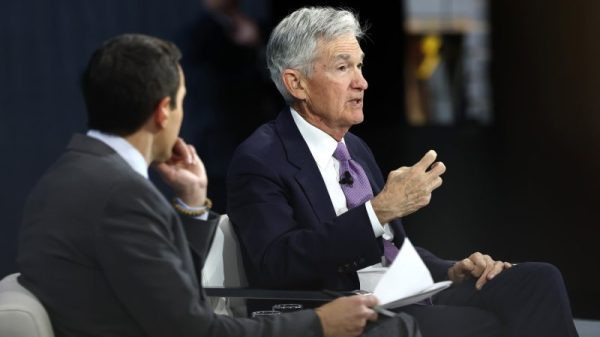In a world filled with uncertainty and economic turmoil, one thing remains certain – the impact of central bank policies on the value of currencies. As we navigate through the final months of the year, the prospect of rate cuts looms on the horizon, presenting a potential double-edged sword for travelers planning their next international adventure.
The connection between interest rates and currency exchange rates is a complex dance that can have profound effects on the cost of traveling abroad. When a central bank opts for rate cuts, the intention is typically to stimulate economic growth by making borrowing cheaper. However, the unintended consequence of this action is often a weaker currency.
For travelers, a weaker domestic currency means that when exchanging for foreign currency, they will get less in return. This scenario can translate to a more expensive trip abroad, as every dollar, euro, or yen exchanged will buy fewer goods and services in the foreign destination. In essence, the purchasing power of the traveler’s currency diminishes in the face of a weaker exchange rate resulting from rate cuts.
Moreover, the impact of rate cuts on travel expenses extends beyond just currency exchange rates. A weaker currency can lead to higher prices for imported goods, which can include everything from hotel accommodations and airfare to dining and shopping in foreign locales. This ripple effect can inflate the overall cost of a trip and may force travelers to rethink their budget or adjust their travel plans accordingly.
On the flip side, there may be a silver lining for travelers in certain scenarios. If the destination country is also implementing rate cuts or has a weaker currency, the relative difference in exchange rates may not be as pronounced. In some cases, the net effect of rate cuts on the cost of travel could be mitigated or even offset by favorable conditions in the local economy of the destination country.
As travelers weigh the potential impact of rate cuts on their upcoming trips abroad, it becomes crucial to keep a close eye on economic indicators and central bank announcements. Being aware of the evolving monetary policy landscape can help travelers make informed decisions regarding when to exchange currency, where to travel, and how to budget for their international adventures.
In conclusion, rate cuts before the year’s end could indeed make your next trip abroad more expensive. The interplay between interest rates and currency exchange rates is a delicate balance that can influence the overall cost of travel significantly. By staying informed and proactive, travelers can navigate the potential challenges posed by rate cuts and make the most of their international journeys in an ever-changing economic environment.





























